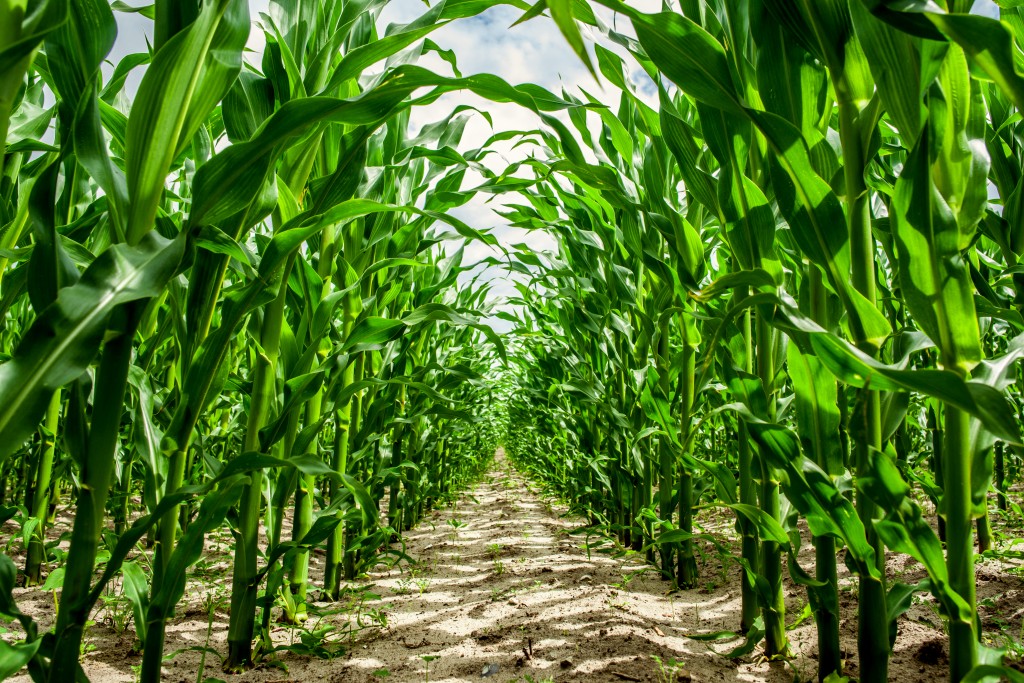Before humans started cultivating vegetables and crops as a means of sustenance, most groups would hunt as hunter-gatherers. While this was somewhat effective in gathering food, it was not a sustainable and continuous means of maintaining a stable source of food. As such, nomadic people started to settle down and domesticate wild vegetation that had the right amount of nutrients into crops.
Food and sustenance will always be one of the most primal needs for humans. Almost everything that we have been doing for thousands of years has been about cultivating or finding food.
With that said, the agricultural sector will always be relevant in society. For 10,000 years, agriculture has fed billions of individuals around the world. Whether you’re a soldier, farmer, truck driver, or just the average joe who’s going through their lives, food will never leave the picture. While agriculture might not be for everyone, it has been a tried and tested business for centuries in the United Kingdom and the United States. There are 750,000 to 950,000 new workers in this type of industry as each year passes.
While it might seem like you can set-up an agricultural business with capital, manpower, and the right equipment, there are still a lot of factors that need to be taken into account. You might have the most skilled labor force.
What Can Affect Your Business?
Before you’re able to set up your business, it’s imperative to weigh-in on the following factors. These factors will affect the level of production and efficiency of your business.
Slope and soil – Naturally, slope and soil content will be a significant determining factor of the growth of crops. The slope doesn’t necessarily affect the plant, but it will directly affect the content of the soil. Since water will trickle down from the highest point downwards, this affects the rate of erosion of the ground. Most agriculturists would prefer clay since it an easily retain water.
Crop’s purpose – When choosing the right plants, it doesn’t necessarily have to be tailored towards the food industry. Fiber crops are also widely used in the textile industry. 21% of the textile industry uses cotton, which is widely used in men’s country wear, women’s casual wear, and almost any type of fashion wear.
Altitude – The altitude of a particular area will affect the temperature and humidity of the site. Some crops will thrive in different temperatures. For instance, sugar cane will usually grow in humid and warm regions, which is generally just close to water sea levels. Some variants of strawberry plants will often close on high altitudes.
Rainfall – Whether you’re setting up land in a temperate or more tropical area, the rain will always be a factor. On temperate climates, the varying seasons will play a significant role in the rate of how crops will grow. A proper balance between water can ensure that the plants are healthy. Certain ones that are semi-aquatic can also thrive well in flooded areas, such as rice. Since
Seasons – Some plants will thrive in certain weather conditions. For example, irrigated rice that’s grown in a tropical climate can constantly grow two or three crops throughout a year. On more temperate climates, a single crop can be planted each year as compared to those grown in tropical climates.
Equipment – One of the best ways to increase the efficiency of the workforce is by investing in capital and a highly automated workforce. Some agricultural businesses will use agricultural sprinklers that have a higher range than your average garden sprinkler. Even animal husbandry businesses will use automated machines to milk cows. Most companies won’t necessarily need to have automated tools for labor since most can have a hefty price tag. Most hand-driven tools will still be able to do the trick, but there are more options in the market.

Employees – Consider the employees who are working on your land. Having professional agriculturists with the right knowledge can help increase the growth of crops. Growing crops is a time-consuming process, and most business owners are aware that it will usually take months before you will get any profits and yields. Therefore, it’s paramount to hire individuals who are patient and committed to working the right amount of timespan.
There’s more to agriculture than what meets the eye. When you’re picking the right land for your crops, consider and weigh-in on these factors. The main goal when you’re choosing the right area is to ensure that you won’t have to spend too much on your crops while they can grow at a faster rate each year.

